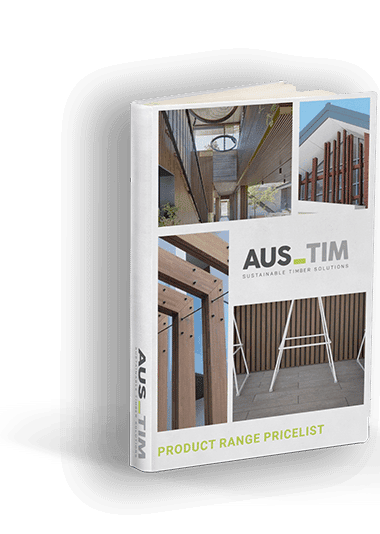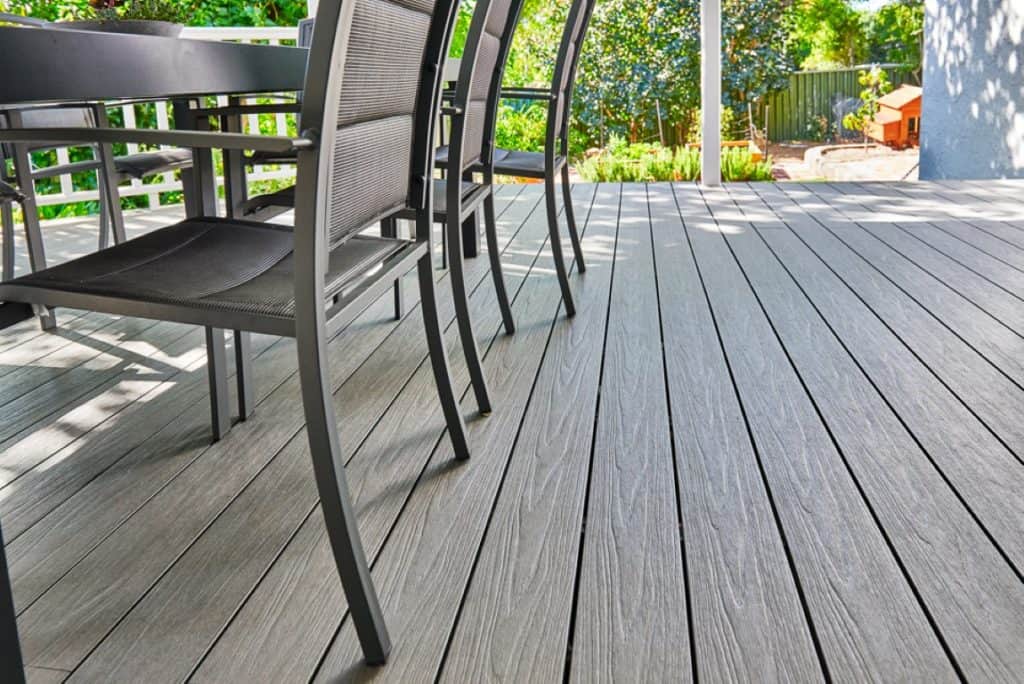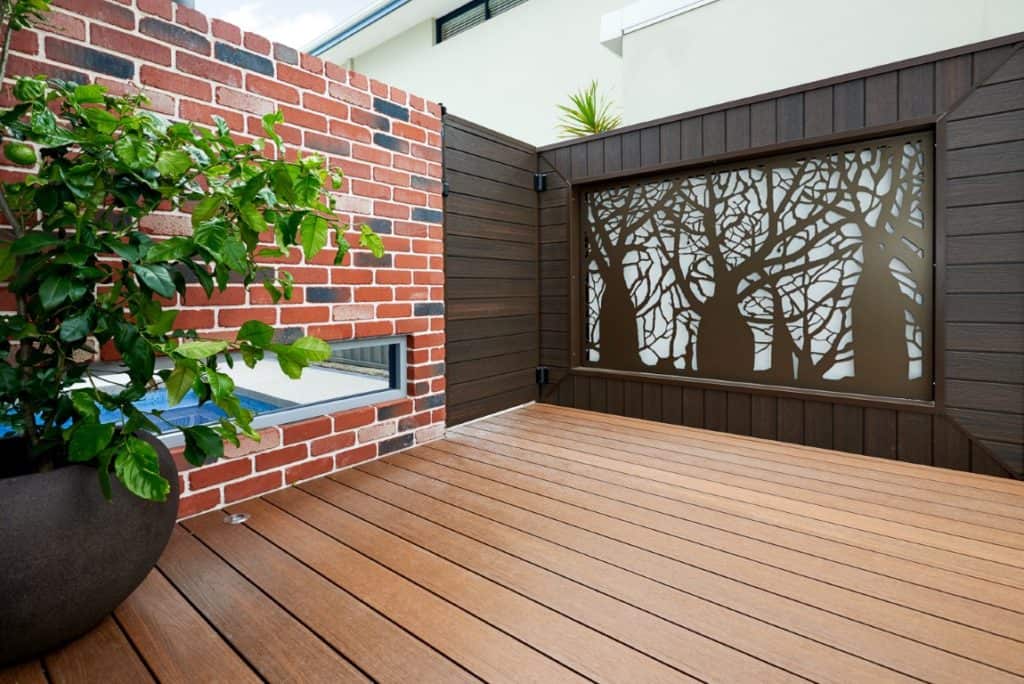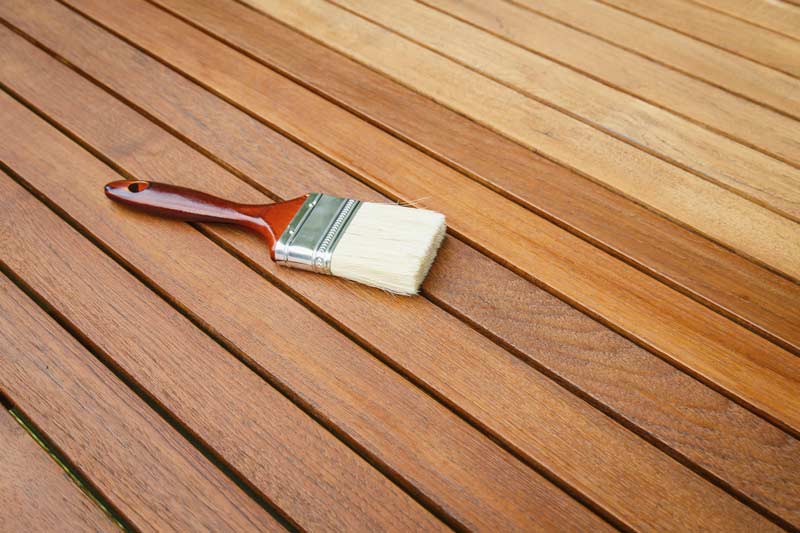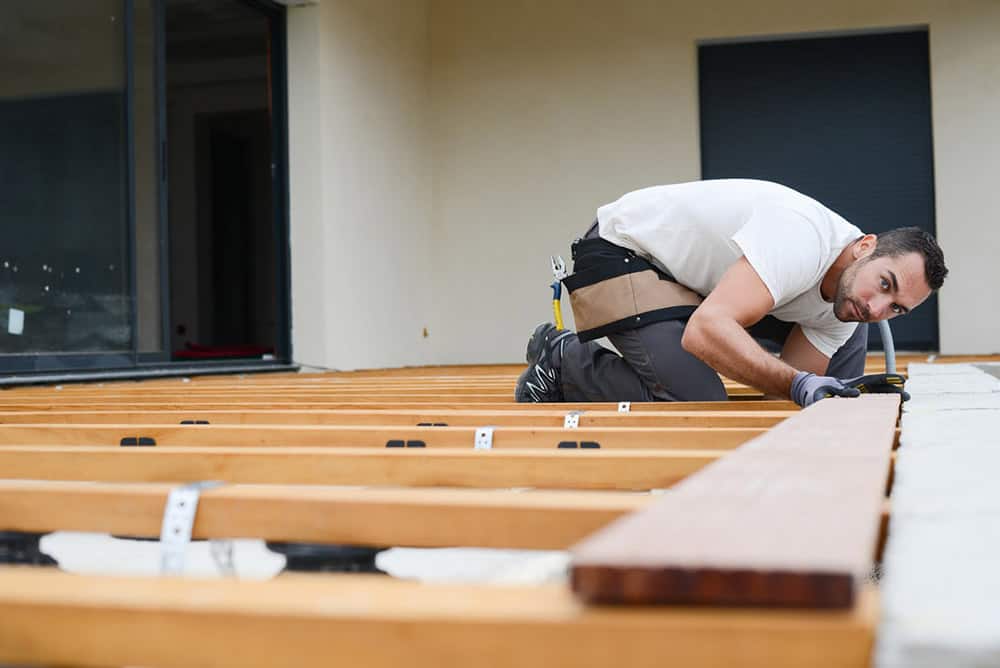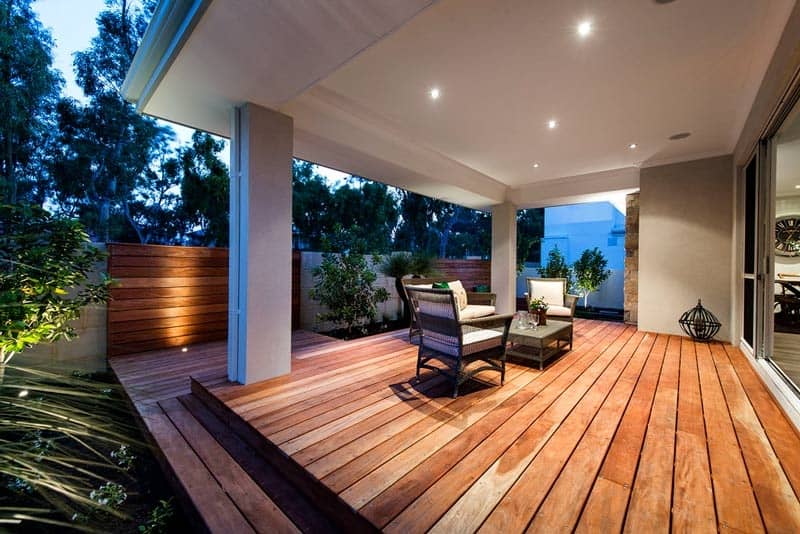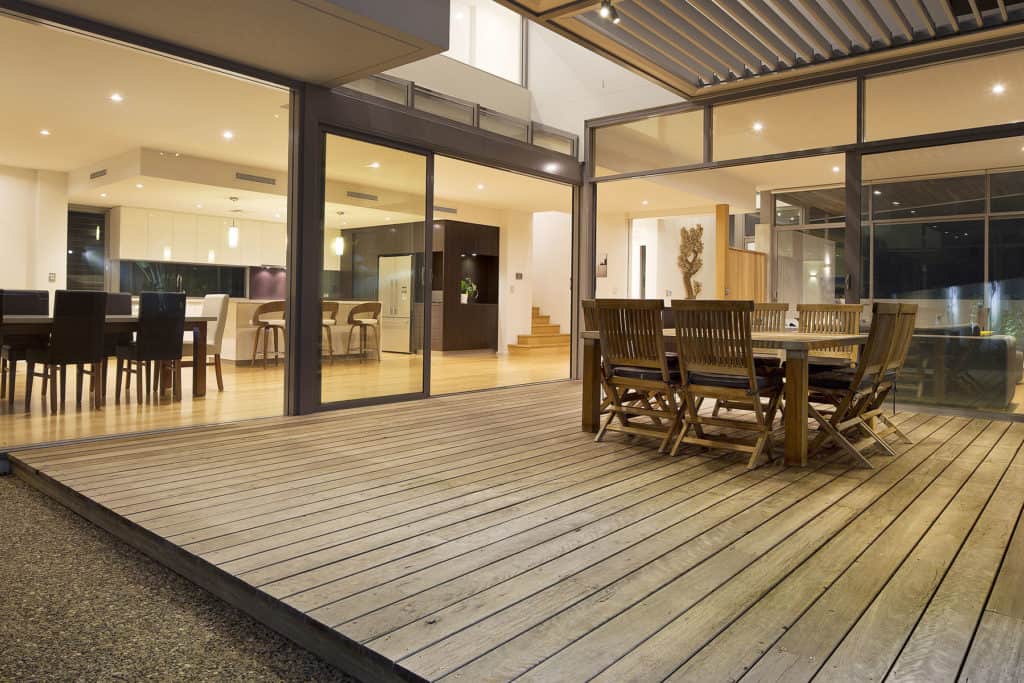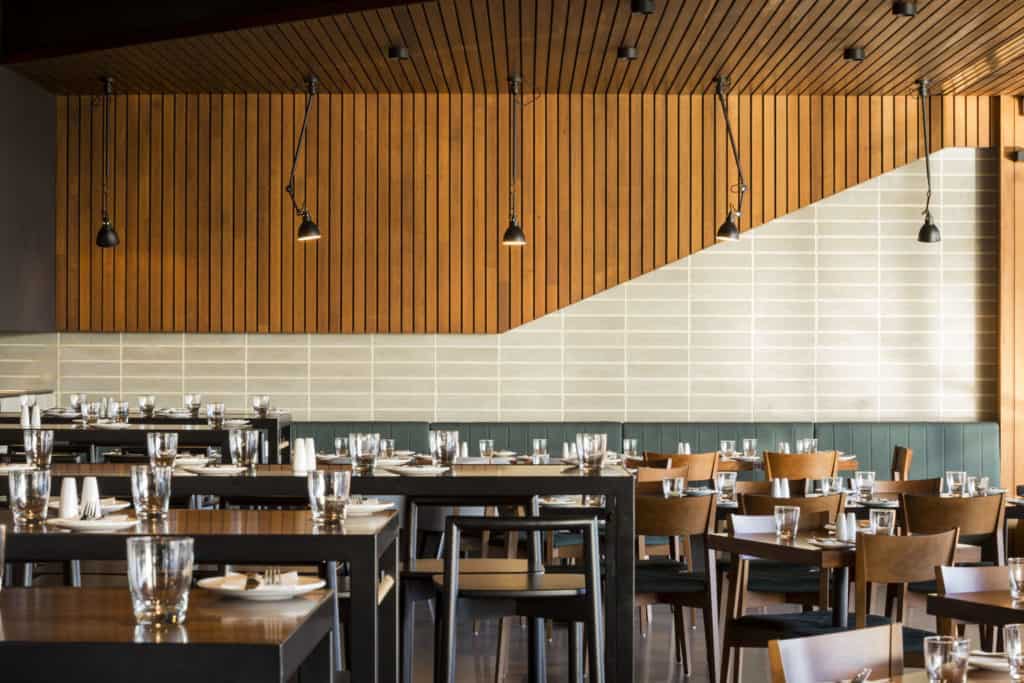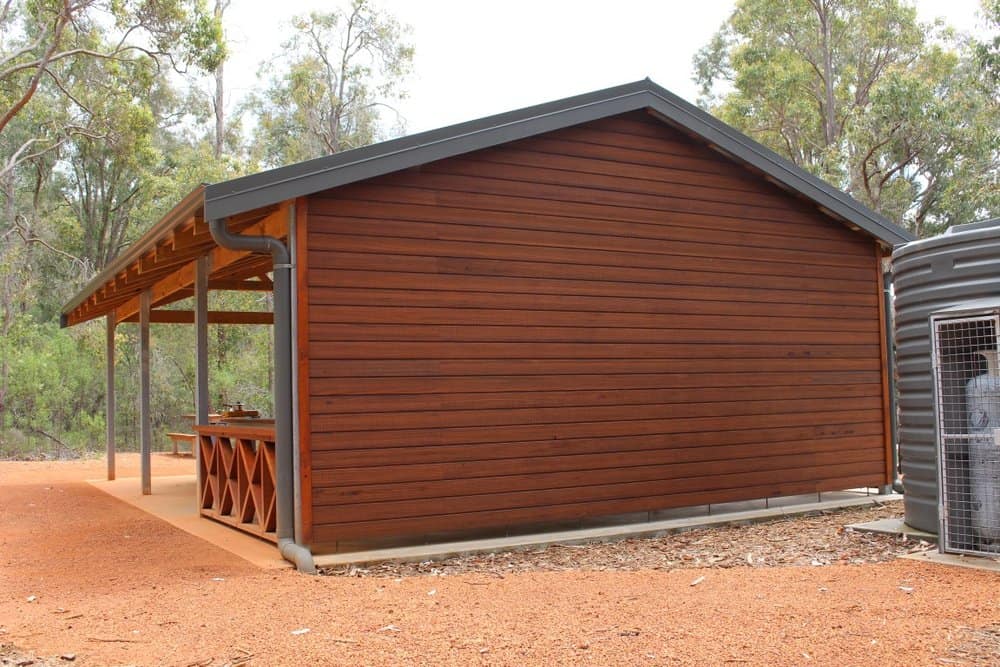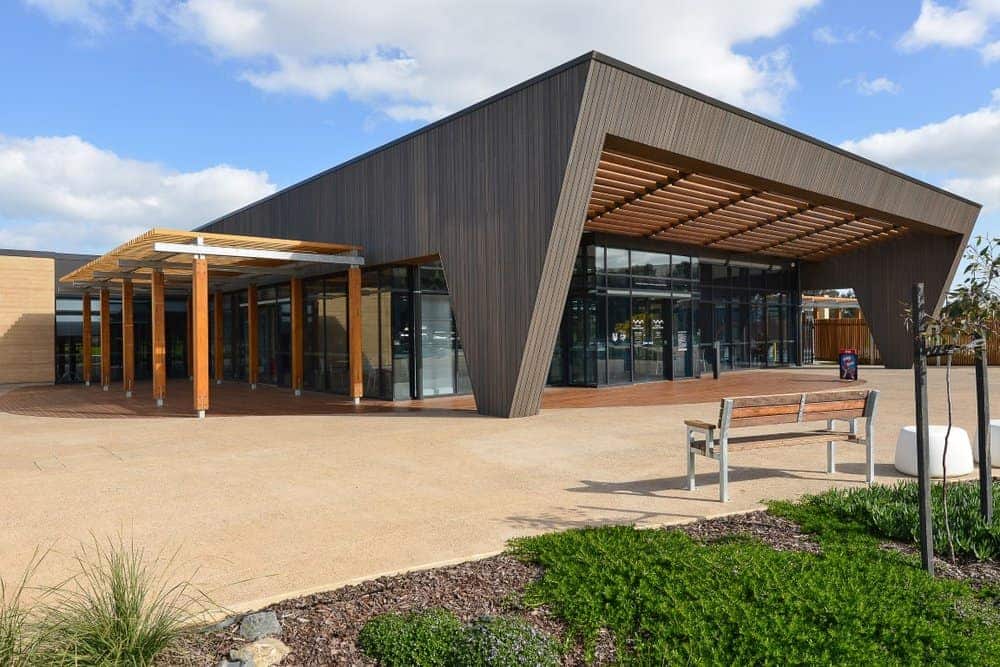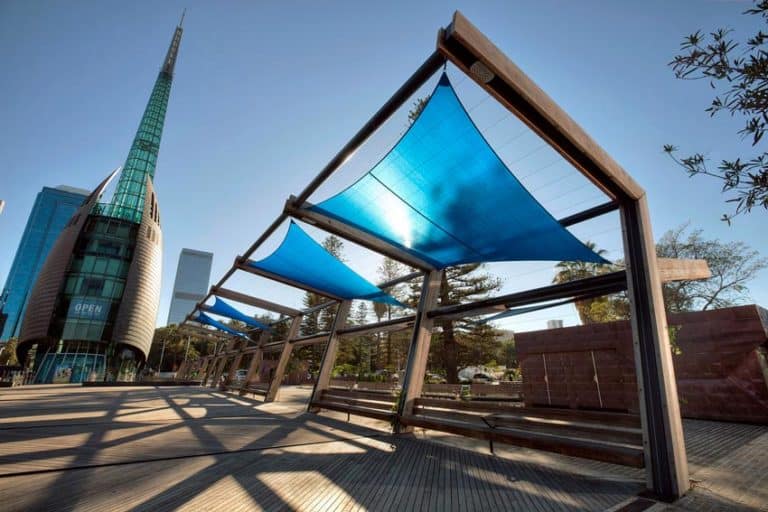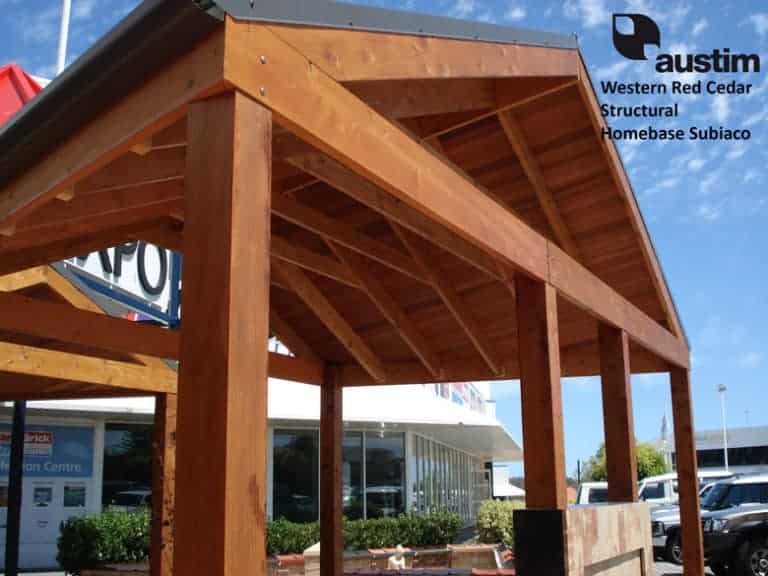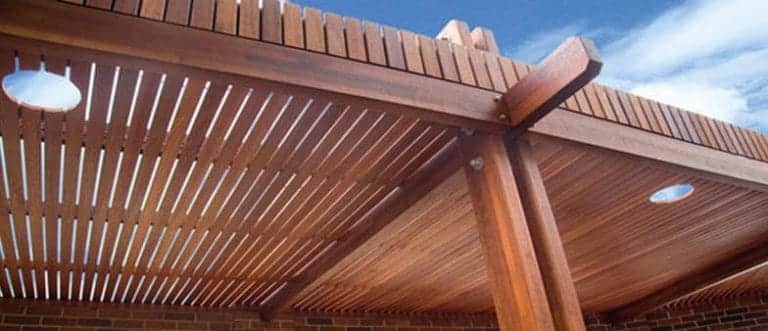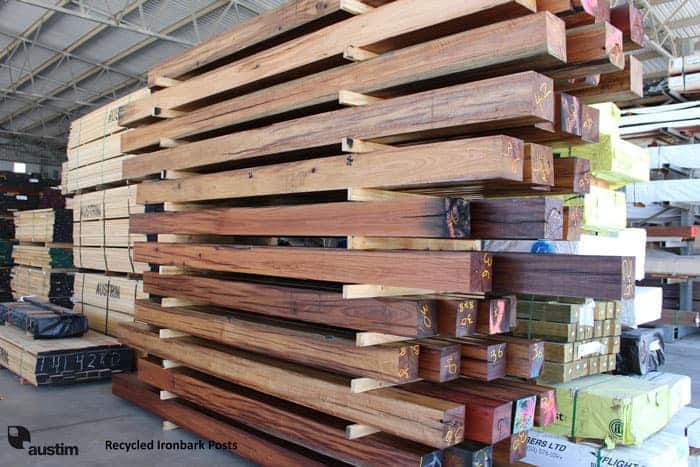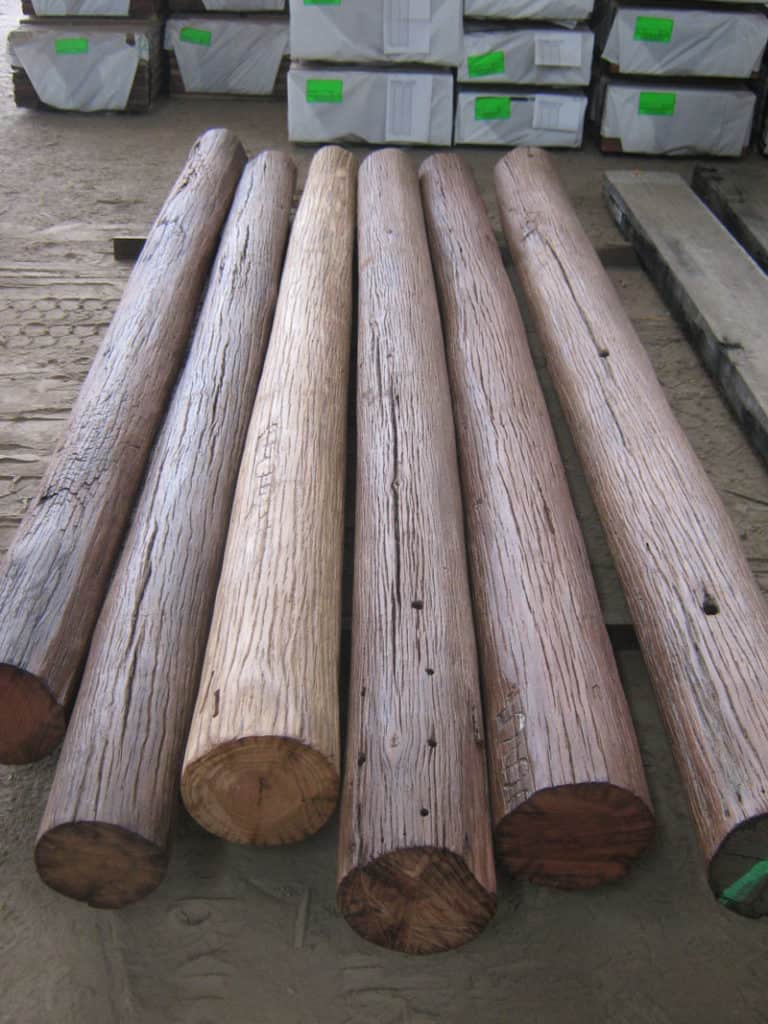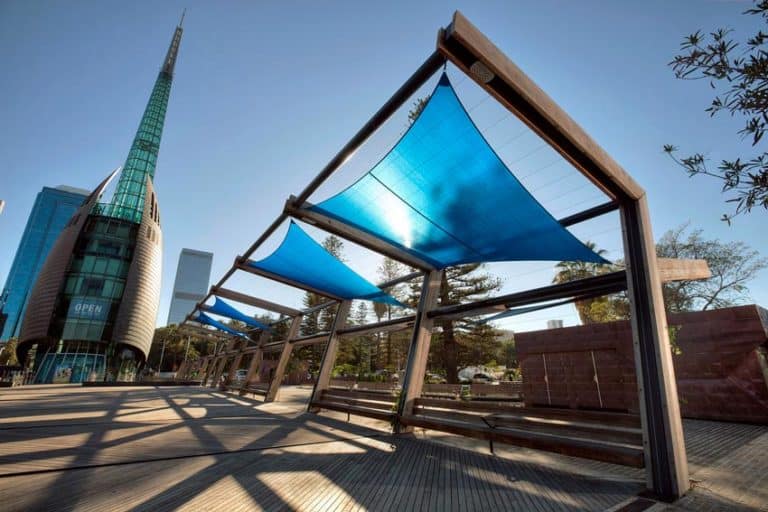Structural Pine timber is not naturally durable and in service can be subject to attack from natural enemies such as fungi, insects, and weathering. Where additional protection is required, you can increase timber’s durability with preservative chemicals, this product is commonly known as Treated Pine Timber.
Treatment of Pine Timber
Preservative treatment makes the timber a more viable option for building, construction, and engineering applications. Treated Pine is timber that has been permeated with a chemical solution, giving it a long-term resistance to decay, insects, and other deteriorating factors.
This effective and lasting protection enables timber to be used in many applications including pergolas, decks, cladding, retaining walls, posts, and poles.
The service life of treated pine timber is dependent upon the level of treatment given, the degree of exposure, and the conditions of use. Pine Timber treated to H3 will last a lot longer in a dry climate than a constantly humid one.
There are several treatment processes and treatment levels containing fungicide and insecticide.
The two types of preservatives most commonly in use in Australia today include:
- Water-borne preservatives such as CCA, ACQ and CuAz which permeate the wood mixed in with water
- Light organic solvent-borne preservatives (LOSPs) which are imparted to the wood mixed in a light organic solvent such as white spirit
There are six main levels of treatment and a few sub-levels, you can learn more about timber treatment levels here.
Is Treated Pine Timber safe?
Often it is the CCA treated pine timber that is questioned due to its use of copper, chromium, and particularly arsenic, which is a known poisonous substance. The ingredients serve the following purposes:
- Copper prevents fungi growth
- Arsenic repels termites and pests
- Chromium acts to bind the chemicals to the timber
The combination of ingredients is dictated by Australian standards and is tightly regulated to ensure the safety of the product. There is little evidence that treated pine timber leeches arsenic into soils around posts or edging.
Actual concerns lay when CCA treated pine is used where children may have hand to mouth contact with the timber such as children’s play equipment, outside seating, decking, garden furniture, picnic tables and handrails.
Use of CCA treated timber in these applications as a precaution was banned by agreement between the timber industry and the APVMA in July 2012 Readily available alternative options for these applications include LOSP treatments, ACQ treatments and CuAz treatments.
Another concern is when woodworkers cut it. It’s important to use the same precautions for handling treated timber as untreated timber, sensible, healthy practices like dust masks and eye protection and hygiene should apply. Learn more about CCA and LOSP Treated Pine on our Treated Pine page.
Treated Pine Timber Finishes
When exposed to the weather, all timber soon changes in appearance unless it has been given some form of protective finish. Exterior timber finishes suitable for pine include paints and exterior wood stains.
Exterior paints are split into oil and water based with both types effective on treated pine with the added advantage of water based being their short re-coating time. The visual life of treated pine is dependent on the level of maintenance conducted by and the expectations of the owner.
Treated Pine Suppliers
Austim carries a broad range of H3 treated pine suitable for outside above ground use, as well as some H4 postssuitable for external in-ground applications.
These products are suitable for most general internal and external construction applications, such as:
- Pergolas
- Timber decking sub frames
- Gates and fences
Consult Austim for the type of treated timber you want and for advice on working and finishing to achieve maximum service life.


